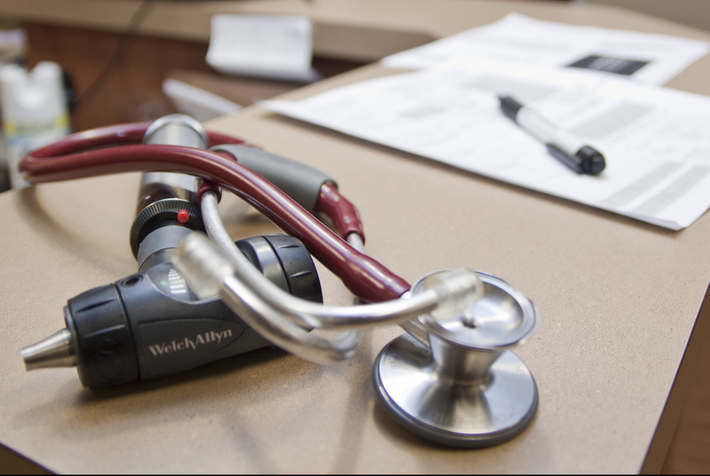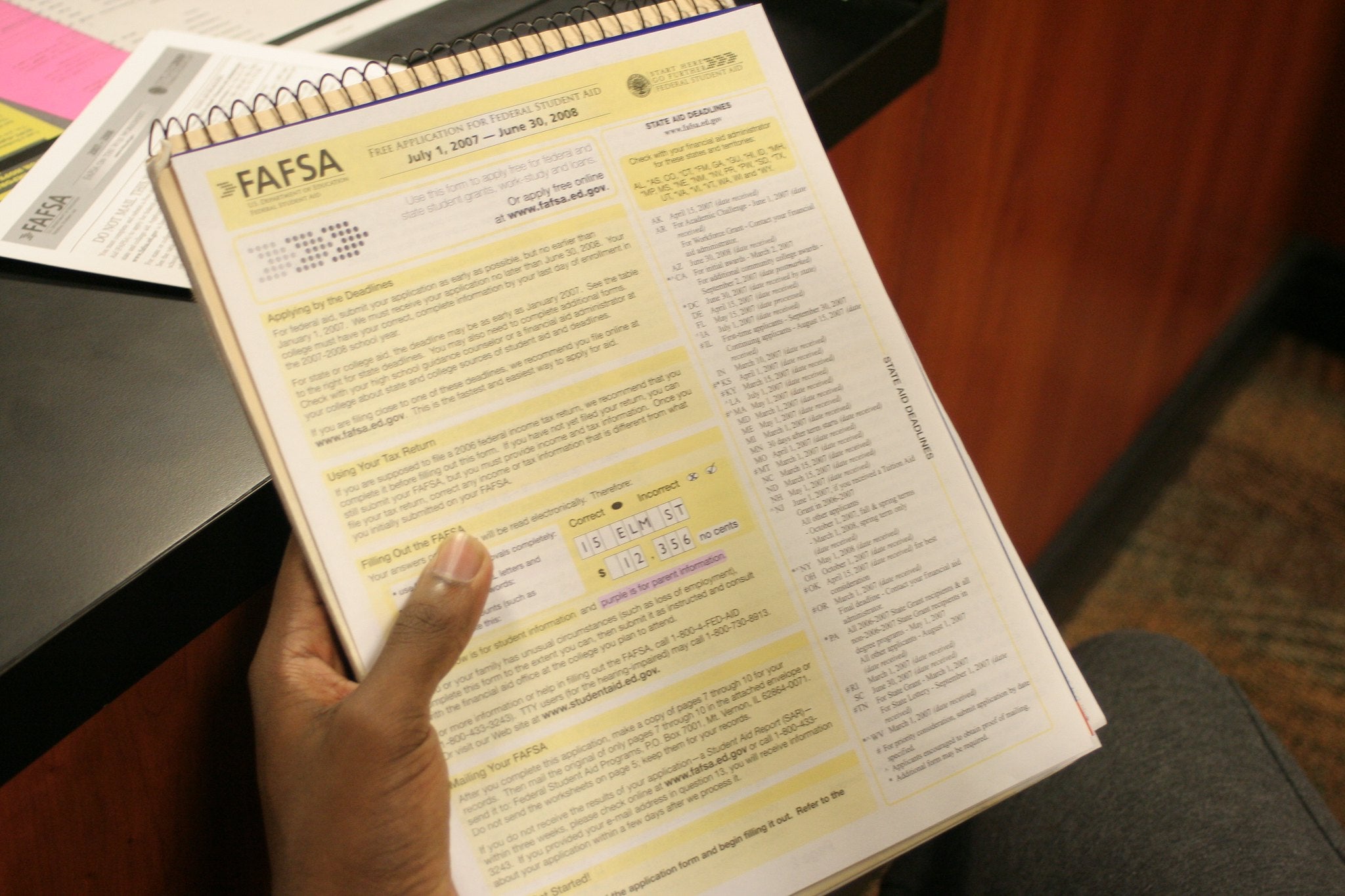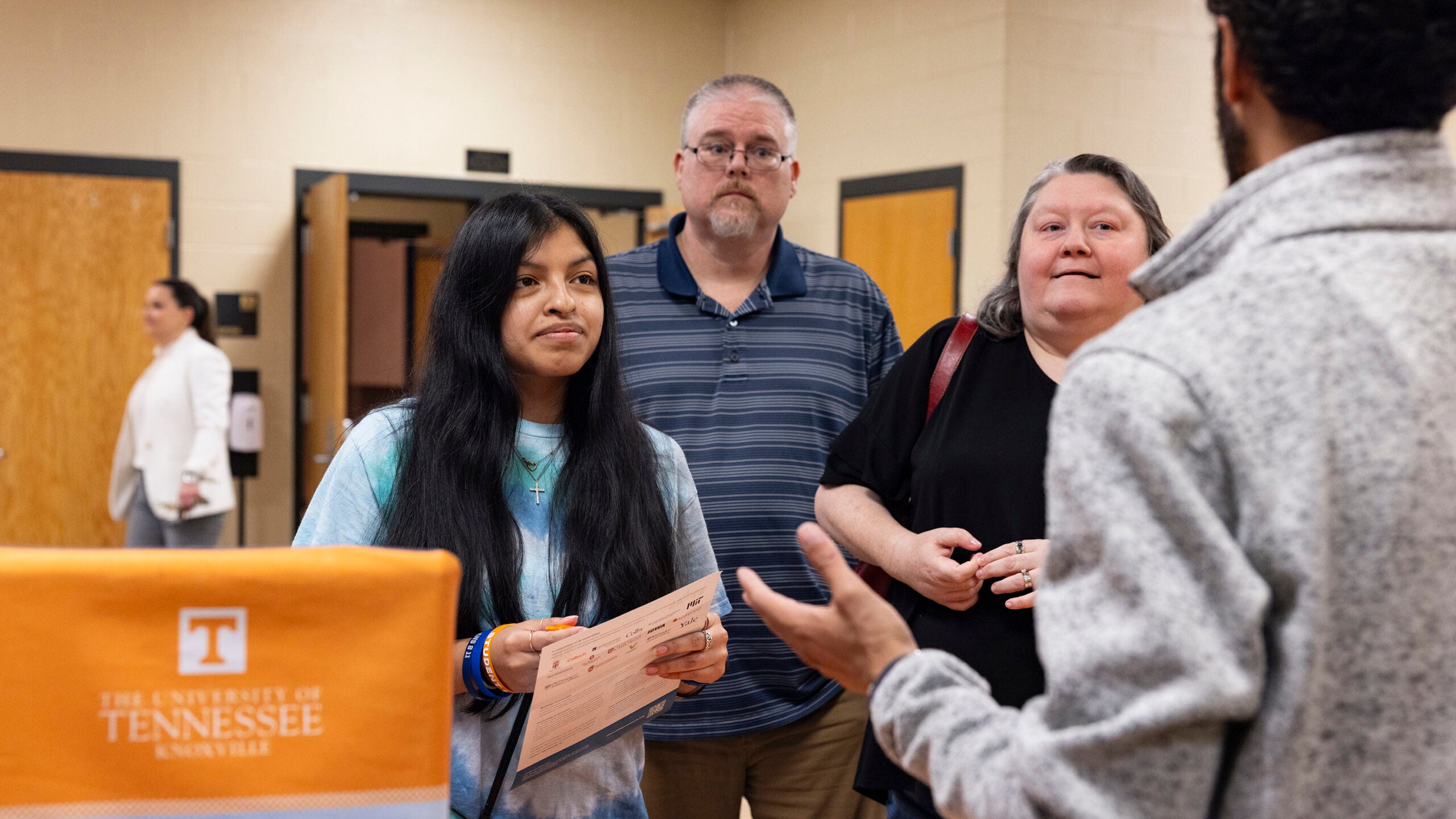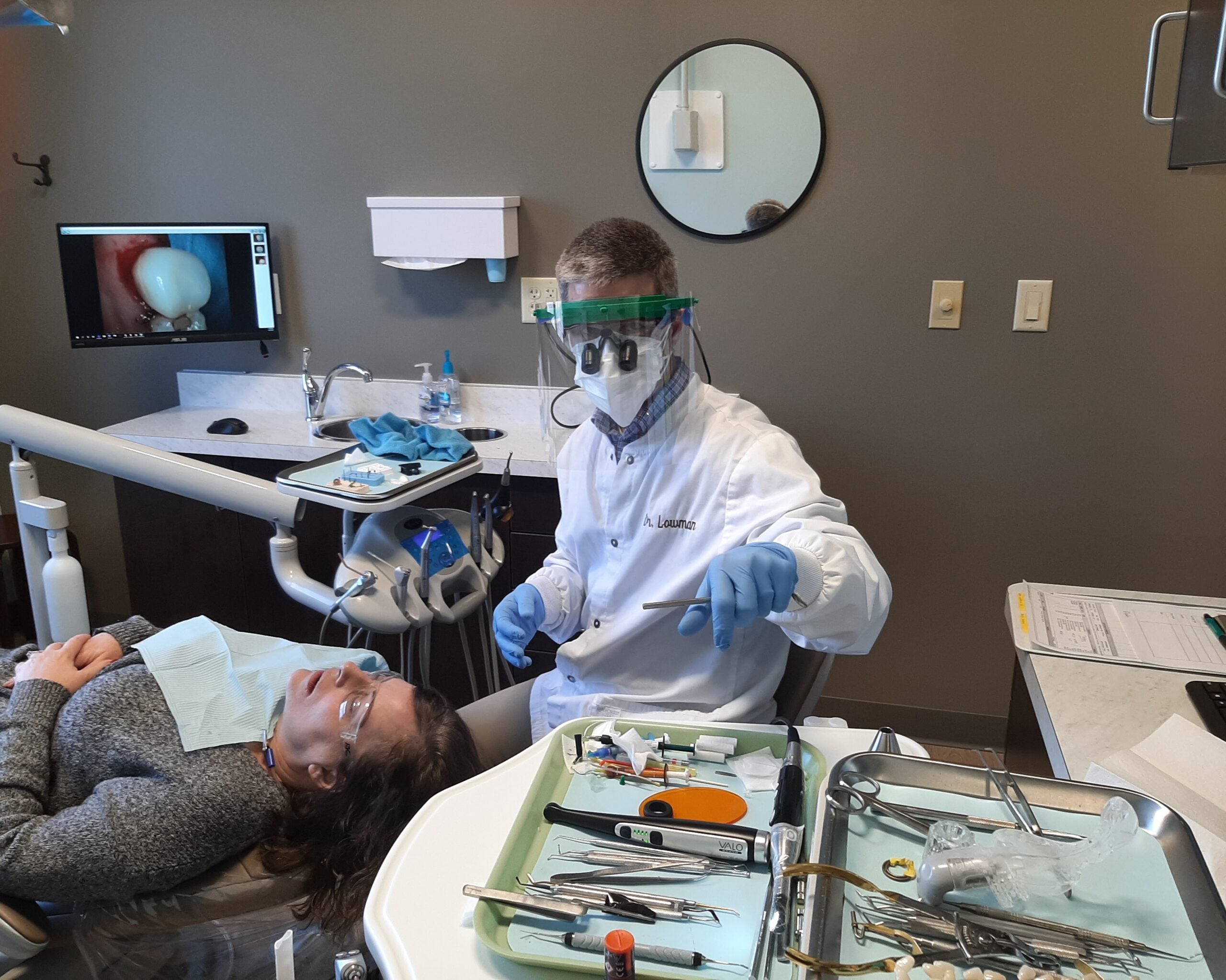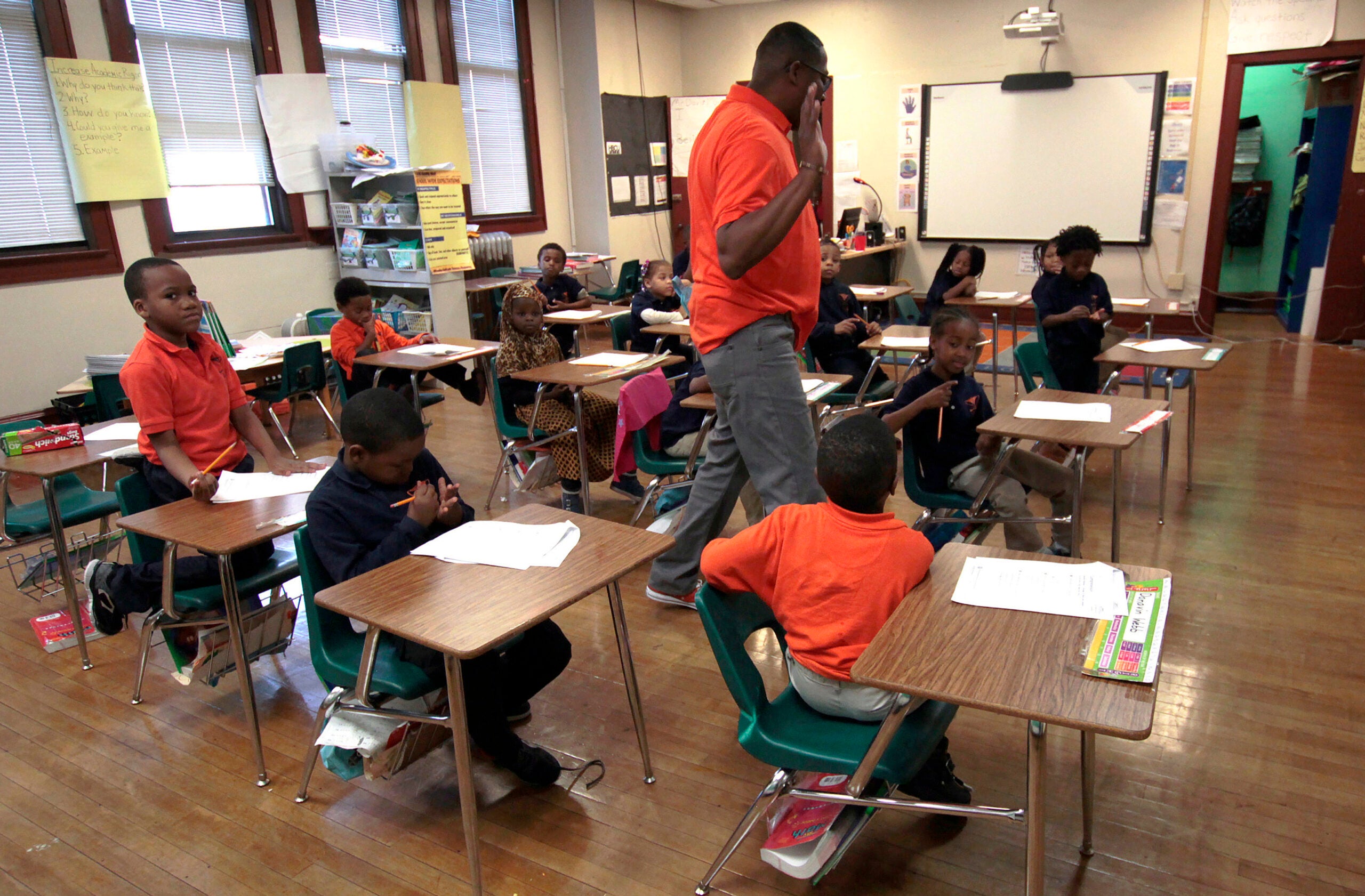A new program in central Wisconsin seeks to boost the number of Hmong doctors, as well as recruit medical students from rural backgrounds.
The Medical College of Wisconsin-Central Wisconsin said the launch of the new recruiting program, funded by a four-year, $400,000 grant from the Advancing a Healthier Wisconsin Endowment, will help it reach students from diverse backgrounds who have the skills to go into medicine, but may lack the connections or the financial and social support that others have.
Stay informed on the latest news
Sign up for WPR’s email newsletter.
“We want to try to find students in this area who are passionate about going into medicine and show them that this is a pathway you can take,” said Dr. Corrie Norrbom, an assistant professor at the college in Wausau, who is also a general practitioner.
The college opened its regional campus in Wausau in 2016 in part to address a long-term decline in medical providers in rural areas. Norrbom said the regional campus has a mission to recruit medical students from central and northern Wisconsin because those students may likely want to practice medicine permanently in rural Wisconsin.
According to a study by the journal Health Affairs, the number of rural medical students in the U.S. dropped by 28 percent over a 15-year period. In 2017, medical school students from rural areas made up less than 5 percent of all incoming medical students.
The new training program will include partnerships with the University of Wisconsin-Stevens Point at Wausau and the North Central Area Health and Education Center to help guide students through successful medical school applications. Nationally, applications to medical schools have increased dramatically since the early 2000s, according to data from the Association of American Medical Colleges.
But the number of spaces available in those schools and in post-medical school residency programs has not grown accordingly. That means medical school admissions are more competitive than ever.
Norrbom said those from affluent backgrounds, including the children of physicians, have some clear advantages in the application process. And medical school enrollees are still predominantly white. For the 2019-20 school year, about 44 percent of applicants were white, 23 percent were Asian, 10 percent identified as Hispanic and 8 percent were Black.
In Wausau, where Asian Americans of Hmong descent make up about 12 percent of the population, there have been no Hmong graduates of the Medical College, and there are no Hmong students currently enrolled. Norrbom said the grant will be used not only to identify and encourage Hmong students to apply, but also to provide support when they arrive.
“It’s not just about getting Hmong students to enroll,” she said. “It’s also about supporting them so they are able to be successful.”
Doctors who come from diverse backgrounds can help ensure that patients from different communities receive culturally sensitive care, Norrbom said.
“And they can be role models for younger kids coming up,” she added. “To say that, ‘Yeah, I can be a doctor if I want to.’”
Wisconsin Public Radio, © Copyright 2024, Board of Regents of the University of Wisconsin System and Wisconsin Educational Communications Board.

